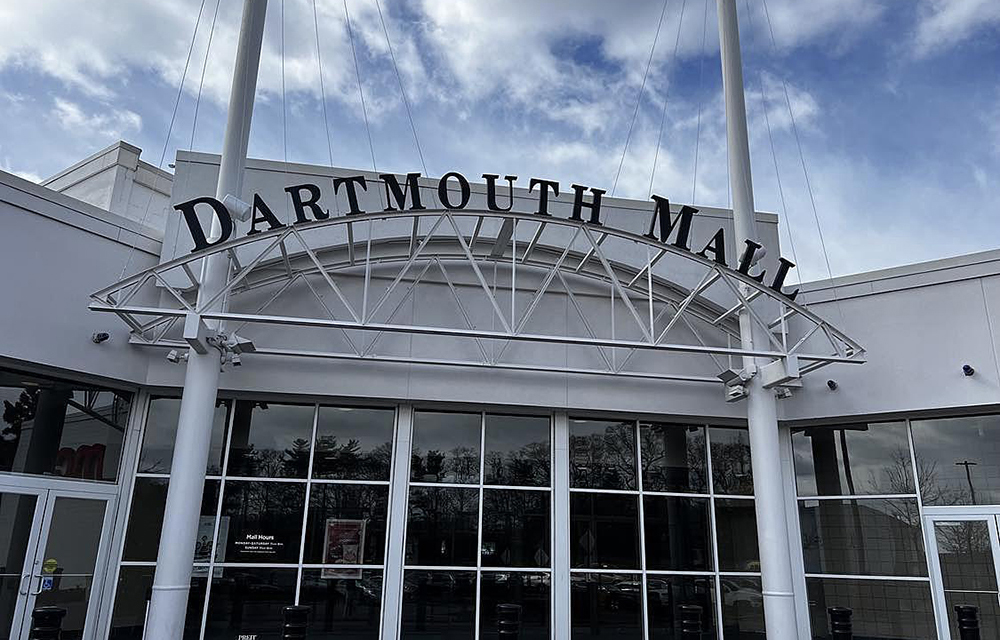Corporate Transparency Act: Community Associations prepare and engage
The intent of the Corporate Transparency Act is to help detect and report suspicious activity related to money laundering and terrorist finance, to facilitate tracking money that has been sourced through criminal or terrorist activity, and to safeguard national security and the U.S. financial system. This law applies to corporations; including local non-profit corporations that have less than $5 million in assets, fewer than 20 employees, and don’t otherwise meet broad exemptions like banks, credit unions, investment companies, venture capital, securities exchange or clearing agency, insurance companies, public utilities, accounting firms, tax-exempt organizations as qualified and determined with status by the IRS, i.e. 501c4 organizations, large operating companies, and inactive entities.
Community Association Compliance
The Corporate Transparency Act (CTA) is officially in effect and the U.S. Department of Treasury’s portal is running and accepting beneficial ownership information reports.
For existing community associations incorporated in the state and with less than 5 million dollars in annual income or less than 20 employees and without an IRS 501(c)(4) tax-exempt determination, filing must be completed by Jan.1, 2025.
For community associations incorporated after Jan.1, 2024, you will have 90 days to complete the 51-question initial report.
Noncompliance of filing could result in civil penalties of $500 per day and criminal penalties of up to $10,000, as well as up to 24 months in prison.
The good news for existing community associations is there is time to comply with CTA. The bad news is compliance is not simple. A board point of contact for current community associations must file a 51-question initial report and provide requisite information into the database established by the U.S. Department of Treasury.
Community association boards, community managers, and other professionals assisting with compliance should be familiar with the reporting portal and the 51-question report. It’s important to note any changes to the initial report must be reported within 30 days of the change.
We encourage community associations to become familiar with the compliance requirements and make note of the filing deadline of Jan. 1, 2025, for existing communities.
CAI and Congressional Activity
CAI recognizes this is an ill-conceived statute that is overburdensome, impractical, and likely ineffective. We continue to work to urge delay of the Jan. 1, 2025, filing requirements AND exempt community associations from the beneficial ownership interest reporting requirements. We’ve submitted a letter to the appropriate officials requesting an exemption and we continue to attempt to work with the treasury department and Congress to mitigate the negative impact of this statutory requirement.
In December, there was some congressional activity and movement in the right direction for community associations. The U.S. House of Representatives passed the Protect Small Business and Prevent Illicit Financial Activity Act (H.R. 5119) sponsored by Reps. Joyce Beatty (D-Ohio) and Zach Nunn (R-Iowa) by a vote of 400-1. This bill would delay CTA reporting requirements for a year. Currently, a companion bill is before the Senate, so there’s hope. Additionally, a bipartisan group of more than 80 senators and representatives sent a letter to the Financial Crimes Enforcement Network calling for a one-year delay of all reporting requirements under the CTA. Contact your senator and demand the Senate pass H.R. 5119 now.
We’ll continue to keep you updated on the status of CAI efforts and additional information that may be helpful to community associations in the U.S.
The CAI New England Chapter will be hosting a webinar on February 8th to answer questions about the CTA and explain how to comply and file.
For more information about the webinar visit caine.org.
Dawn Bauman, CAE, is CAI senior vice president, government & public affairs & executive director, Foundation for Community Association Research (FCAR).
PREIT to add new retail and dining options at Dartmouth Mall - Boot Barn, Lock Room by Lids, and more
Dartmouth, MA According to PREIT, Dartmouth Mall, the dominant enclosed retail destination in Southeastern Mass., will welcome the region’s first Boot Barn this fall. The nearly 15,000 s/f western and work wear retailer


IREM President’s Message: Fostering community connections during the holiday season

Selecting the right façade installation firm - by Steven Powell


.png)





.png)
